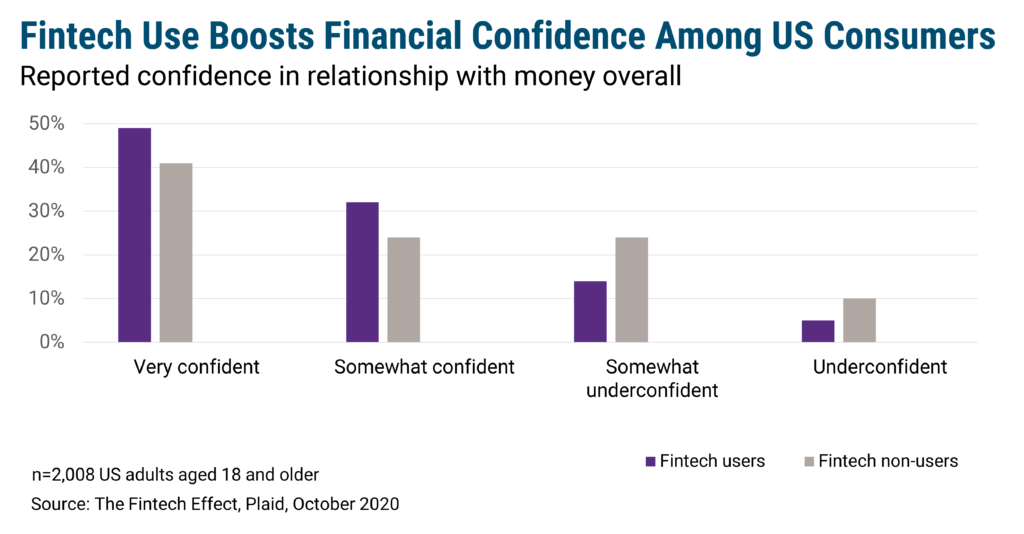Mergers like Fiserv-First Data are a red flag for banks
Vendor consolidation has been topping fintech headlines in 2019, since the announcement of banking technology vendor Fiserv announced its acquisition of payments processor First Data.
The major deal followed others in recent years — such as FIS’s acquisition of SunGard and the merger of D+H and Misys into Finastra — in which legacy fintech providers have turned to mergers and acquisitions to broaden their reach into new markets. This trend is expected to continue in the near future as legacy vendors seek to bolster their businesses and avoid disruption from newer fintechs.
Banks should take this trend as a warning sign. Rather than delivering new innovations that banks and their customers crave, legacy vendors are looking to remain relevant by acquiring existing products and services that expand their portfolios into new areas of financial services. As emerging technologies grow more critical to everyday business, these legacy vendors, which banks have deep longstanding relationships with, likely won’t be on the leading edge in every product or channel. Instead, financial institutions will need to seek out newer vendors that have deeper commitments and focus in cutting-edge technologies that will drive industry change.
Banks are facing a future where emerging technologies will dramatically change the competitive landscape. Artificial intelligence, for example, is projected to cut costs and increase productivity to the tune of $1 trillion for U.S. financial institutions. And there is already a plethora of fintech startups working on AI-based services across the industry.
However, evidence suggests that industry adoption of emerging technologies has been slow, particularly among smaller banks. A recent survey of 300-plus executives at small and mid-size U.S. financial institutions found that only 6% had adopted robotic process automation, and only 2% had adopted machine learning and chatbots, respectively.
In some cases, banks may be using services that have these technologies embedded in them without knowing it. But that points to a lack of strategy around adoption of emerging technologies and deriving maximum value from them, as well as an over-reliance on existing vendors to provide innovation and technology strategy on the bank’s behalf. Whether the issue is a lack of adoption or strategy, banks risk falling too far behind technology trends, which could lead most valuable customers to turn to other providers in search of greater convenience and high-end experiences.
Keep reading on American Banker.
Subscribe to CCG Insights.








